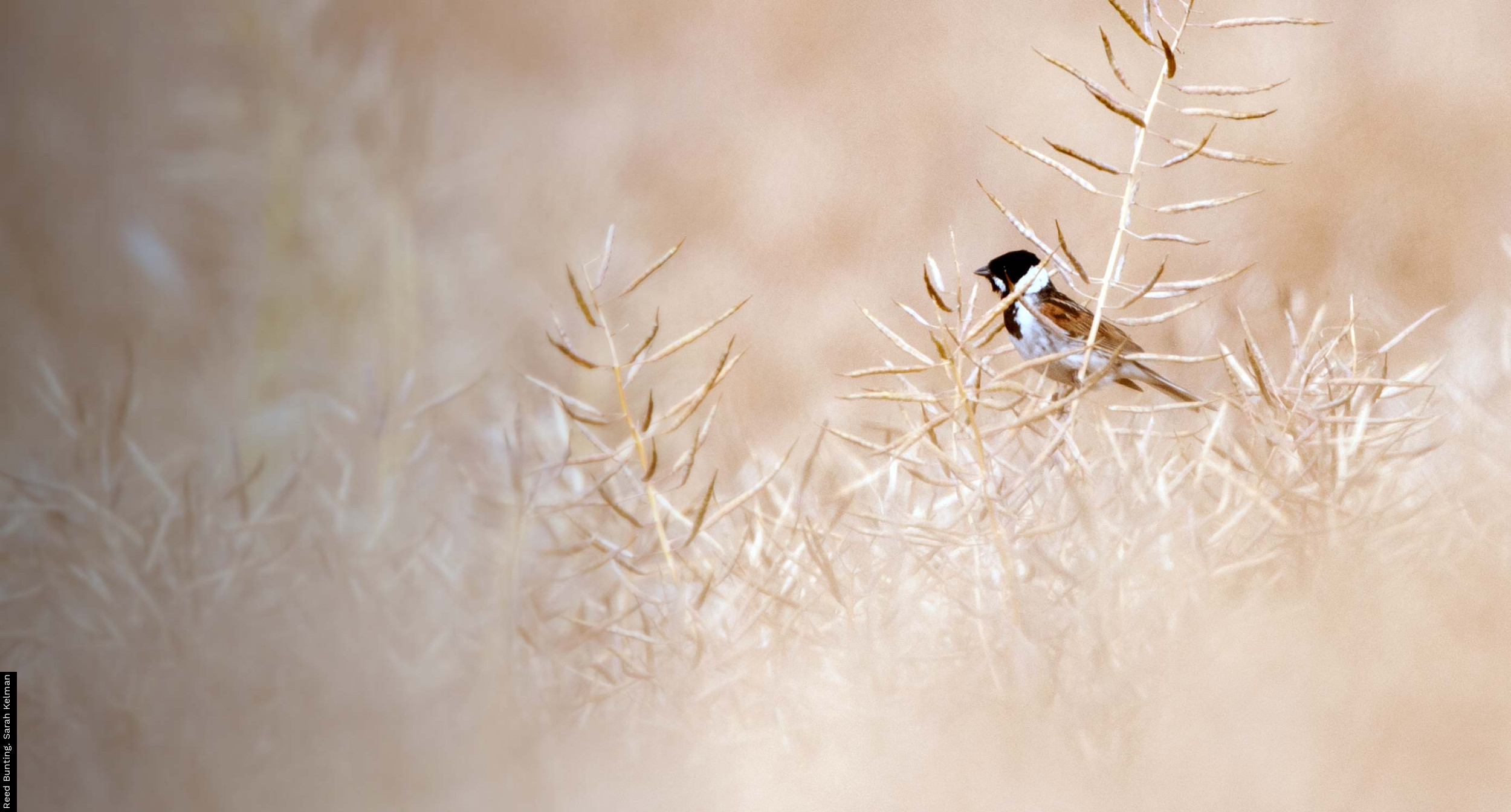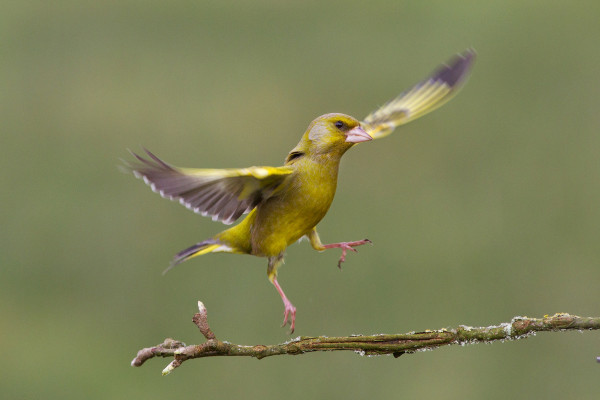The BirdTrends report raises species alerts for population change to conservation bodies when the best available estimates of long-term decline are statistically significant and pass criteria set at -25% and -50%.
Species with declines close to these threshold values often change category between years. Discussion tables A1–A3 indicate four changes to the long-term alerts since BirdTrends 2018, affecting four different species, plus one additional change to species listed in Table A3 that did not raise a formal alert.
- For the amber-listed House Martin, the 50-year CBC/BBS decline for England again raises a high alert in this year's report. Although the long-term decline has been above 50% for several years, a formal alert was not raised for this species in BirdTrends 2018 due to the wide confidence intervals around the estimate.
- The green-listed Garden Warbler again raises formal lower level alerts, based on 50-year CBC/BBS trend. This species has raised a similar alert in previous reports but did not raise a formal alert in BirdTrends 2018 as the estimates were not statistically significant due to wide confidence intervals.
- The green-listed Sparrowhawk raises a formal CBC/BBS alert for the first time in this report. Numbers increased strongly between the 1970s and the early 1990s before stabilising, but have declined since around 2006 and the rate of decline is now sufficient to raise a lower level alert over 25-years.
- The 42-year WBS/WBBS decrease for Little Grebe also again raises a formal high alert. As for Garden Warbler this species has raised formal alerts in some of the recent BirdTrends reports but not in others, as the confidence intervals have changed and hence the estimates have not always been statistically significant.
- The amber-listed Oystercatcher is listed in Table A3 as the 25-year decline is statistically significant, but does not raise a formal alert as the decline is not greater than 25%.
Amber and red listings use similar criteria and were reviewed in 2015. This report, using four further year's data not available to BoCC4, suggest potential updates to current conservation concern for Redshank, Sparrowhawk, House Martin, Willow Warbler and Greenfinch and possibly Sedge Warbler and Garden Warbler. In addition, although a long-term CBC/BBS trend is not available for Swift, the 22-year BBS trend suggests a potential update to the current conservation concern level for this species (from amber to red).
Alerts from WBS/WBBS (Table A4) are unchanged, apart from the change in alert status for Little Grebe which is described above.
The alerts for CES (Table A5) are unchanged from BirdTrends 2018.
This report should be cited as: Woodward, I.D., Massimino, D., Hammond, M.J., Harris, S.J., Leech, D.I., Noble, D.G., Walker, R.H., Barimore, C., Dadam, D., Eglington, S.M., Marchant, J.H., Sullivan, M.J.P., Baillie, S.R. & Robinson, R.A. (2019) BirdTrends 2019: trends in numbers, breeding success and survival for UK breeding birds. BTO Research Report 722. BTO, Thetford. www.bto.org/birdtrends






Share this page